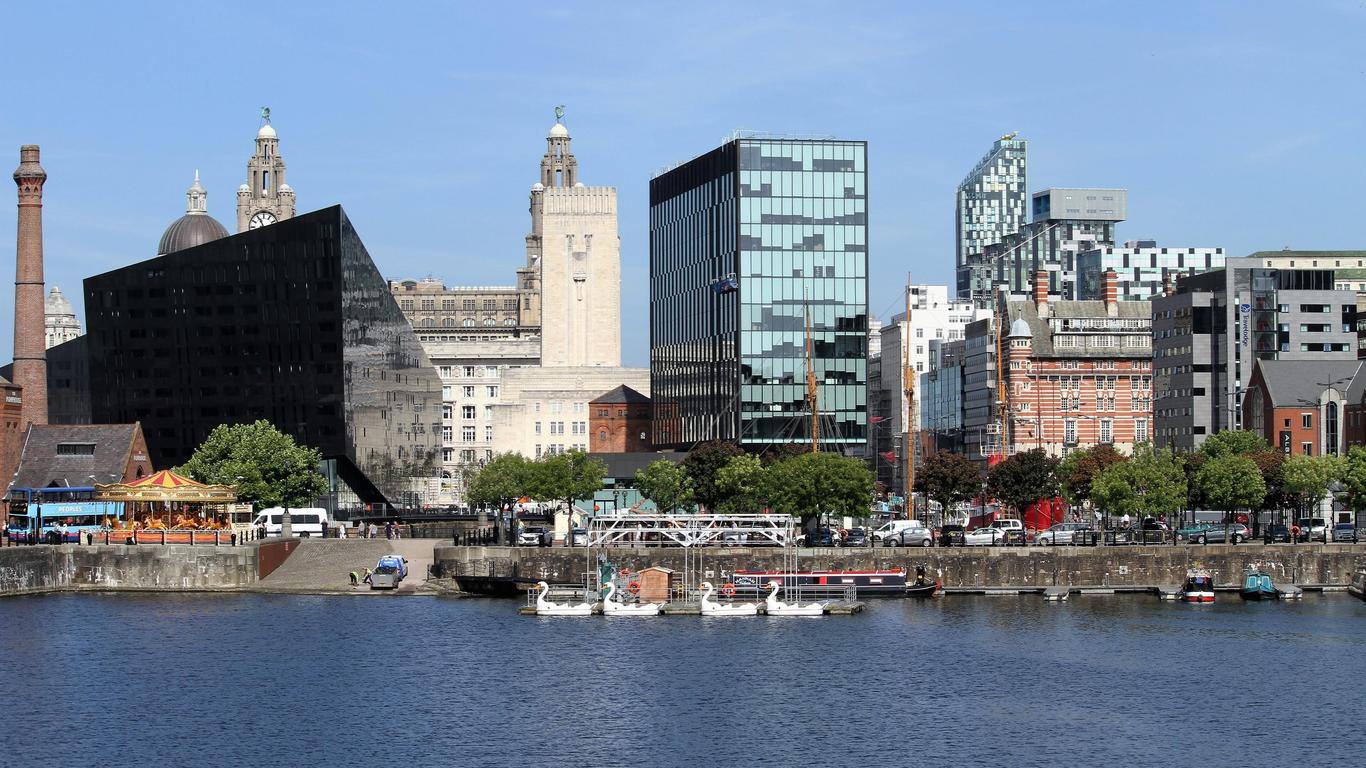Liverpool City Centre is home to world class shopping facilities, a historic, picturesque waterfront, museums, galleries and some of the country’s best nightlife. Nestled on the banks of the River Mersey, Liverpool has Unesco World Heritage sites and some of the most architecturally significant buildings in England. It’s a thrilling city to explore.
Begin a tour of Liverpool City Centre in an area known as the “Cultural Quarter”. Beginning in William Brown Street close to Lime Street Railway Station, the quarter is a short pedestrianised street containing several buildings of historical interest. Discover Liverpool Central Library and World Museum Liverpool, along with Walker Art Gallery and Picton Reading Room dating back to the 1870s. Hope Street connects Liverpool’s two famous Cathedrals. Liverpool Cathedral, built in a Gothic Revival style is the longest and fifth largest cathedral in the world. Its exquisite architecture, both inside and out, is a sight to behold. In complete contrast, the contemporary design of Liverpool Metropolitan Cathedral features a circular style, complete with flying buttresses. Visit both to gain an insight into the city’s architecture, religious beliefs and heritage. Liverpool Waterfront is a significant location in the city centre. Pier Head is one of its most visited zones and home to the “Three Graces”. The iconic Royal Liver Building, Port of Liverpool and the Cunard Building can be found on most postcards and photographs of the city. There are memorials to the Titanic by the waterfront and an array of museums and walks. Take the ferry along the Mersey River to view the cityscape from a different perspective.
Liverpool City Centre is easy to access on foot. It takes approximately 25 minutes to walk from the furthest points of interest. If arriving into the city by train, Liverpool Lime Street is a short walk from William Brown Street, Central Library, World Museum and both cathedrals. Liverpool Central Station offers easy walkable access to Liverpool ONE shopping centre, Pier Head and Liverpool Waterfront. Buses run from Liverpool ONE bus station and Queen Square throughout the city. Taxis and Uber are also available.
Liverpool was granted borough status in the year 1207. At the time, the city comprised seven streets, all of which can still be found within the city’s commercial district. There are six areas within the centre which form the Liverpool Maritime Mercantile City. This zone has been designated a World Heritage Site by UNESCO. Visitors to Liverpool City Centre can discover some of the country’s most significant buildings, uncover a fascinating history and enjoy its vibrant, friendly, atmosphere.





